List of ‘Jubilee Churches’ and Decree of Papal Blessing with Attached Plenary Indulgence

LATEST NEWS
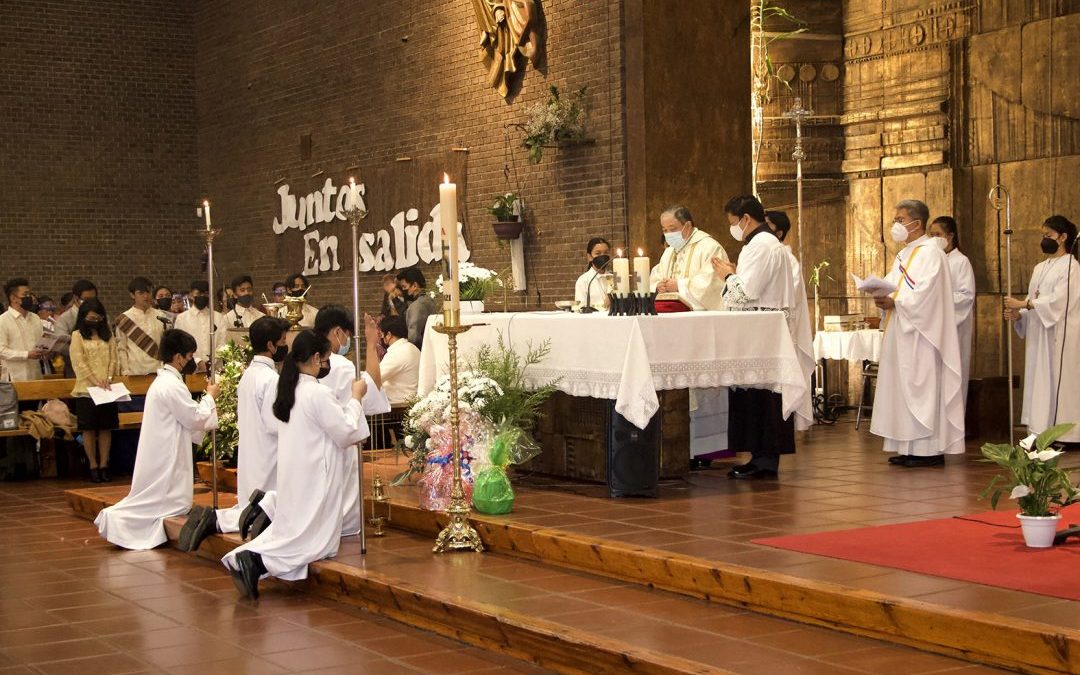
‘Where it all began’: Filipinos in Spain celebrate 500 years of Christianity
A Vatican envoy led the Filipino community in the Spanish capital of Madrid in celebrating the 500 Years of Christianity in the Philippines, hailing the migrants as the ‘best missionaries’ of the Church.
FEATURED VIDEO
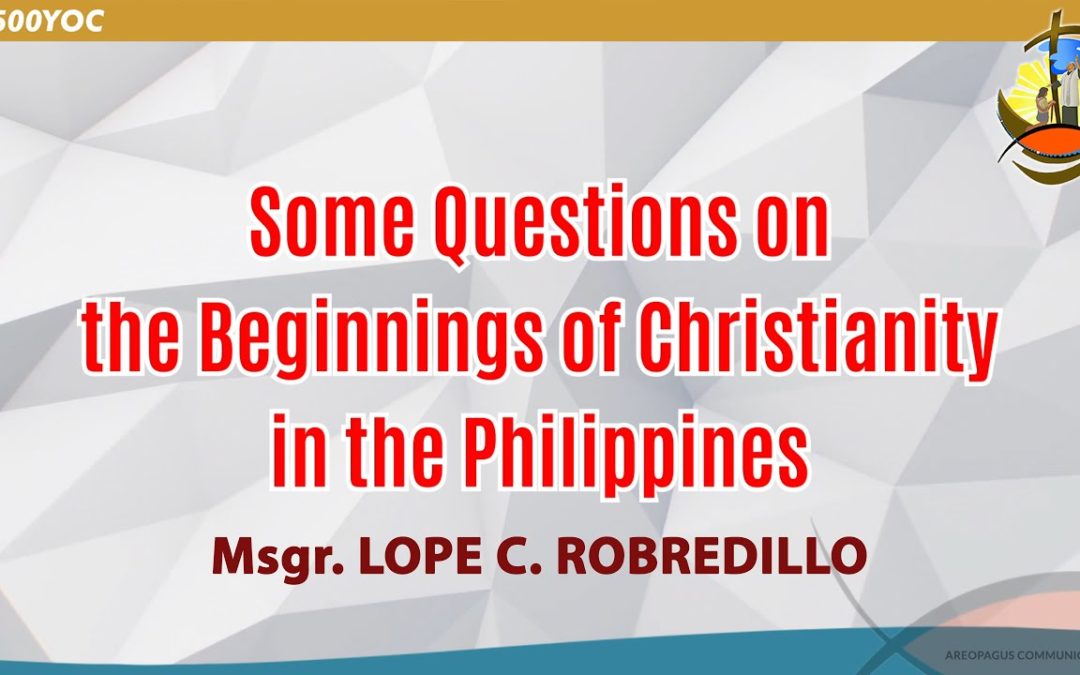
Some Questions on the Beginnings of Christianity in the Philippines
Talk of Msgr. Lope C. Robredillo, SThD, Vicar General of the Diocese of Borongan.
2ND NATIONAL MISSION CONGRESS
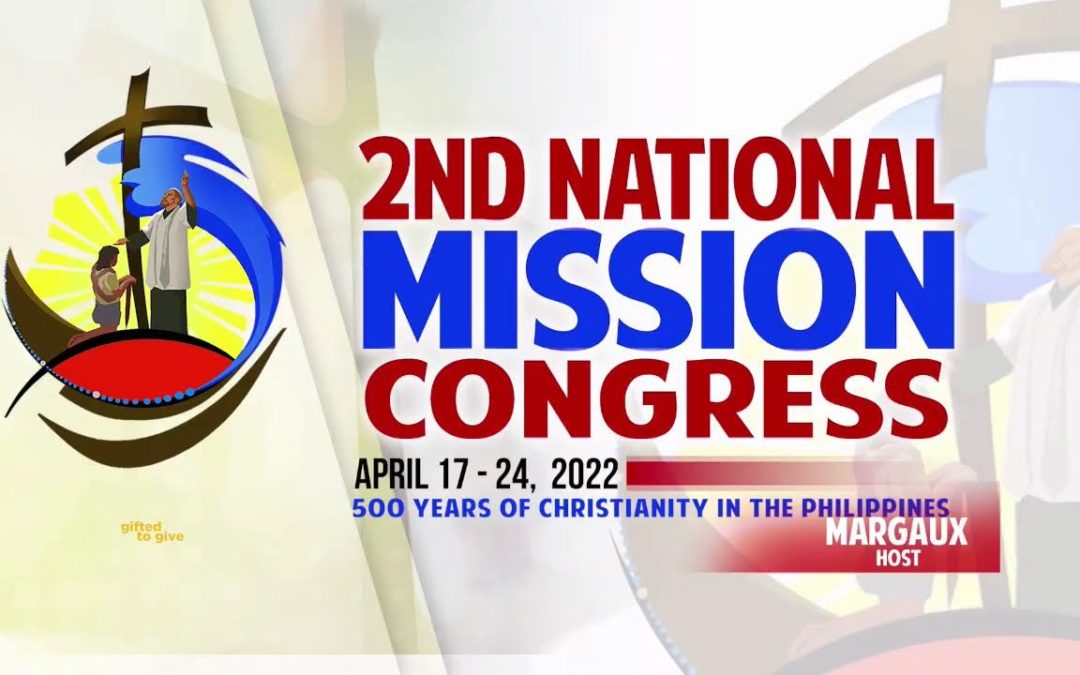
Closing Mass
Closing Mass

Day 7: 2nd National Mission Congress
Day 7: 2nd National Mission Congress

Day 6: 2nd National Mission Congress
Day 6: 2nd National Mission Congress

Day 5: National Mission Forum
Day 5: National Mission Forum
The Philippines: Arsenal of Faith, Deposit of Christianity in the East
History of the Church in the Philippines
By Felipe Salvosa II
The story of the Philippines is the story of the Church’s “most successful missionary effort in Asia” (Bokenkotter, 2005). Like the proverbial grain of the mustard seed sown in fertile earth, the growth and development of the Church and the Philippines were the fruits of the labors of missionary friars, sustained by an indigenous clergy, and made vibrant by a faithful people. Jesuit historian Fr. John Schumacher writes: “Whether one is a believing Catholic or not, the development of the Filipino nation cannot be understood without a knowledge of the major, often decisive role that the Church has played, well or ill, in that process, and continues to play.”
I. Spain conquers the Philippines with the Cross of Christ
Catholicism came to the Philippines with the European discovery of the archipelago. The explorer Ferdinand Magellan set foot on the islands in 1521 and planted the cross on the island of Cebu, cradle of Christianity in the Philippines.
READ MORE
II. A Church established by missionary zeal
“The conquest of the Philippines,” the Dominican historian Fr. Lucio Gutierrez explains, “was due fundamentally not to the sword of the conquistador but to the cross of the missionary … it was the missionaries’ zeal and charity that brought the Filipinos into the fold of the Church.”
READ MORE
III. Spiritual life flourishes among Filipinos
By the close of the 17th century the faith had blossomed in full as Filipinos yearned for a deeper religious life. Historian Schumacher considers this the “golden age” in the life of the Philippine Church, as it saw the emergence of the beaterios (mystical communities of the lay folk as described by writer Nick Joaquin), and the Filipino clergy.
READ MORE
IV. A Filipino clergy emerges
The friars were not without defects. By the 18th century, the parishes had become too dependent on the missionary orders, stunting the development of native priests. The bishops at first attempted to break the hold of the friars by asserting their visitation rights over the parishes. The friars, of course, resisted another layer of authority and wanted to be answerable solely to their religious superiors.
READ MORE
V. A missionary Church for Asia and the world
The friars were not without defects. By the 18th century, the parishes had become too dependent on the missionary orders, stunting the development of native priests. The bishops at first attempted to break the hold of the friars by asserting their visitation rights over the parishes. The friars, of course, resisted another layer of authority and wanted to be answerable solely to their religious superiors.
READ MORE
NEWS

Faith Watch launches new shows for 500YOC
Faith Watch launches new shows for 500YOCBy Rommel Lopez, CBCPNews March 25, 2021Faith Watch,...

PHLPost releases stamps for First Easter Mass in PH
PHLPost releases stamps for First Easter Mass in PHBy CBCPNewsThe Philippine Postal Corp....
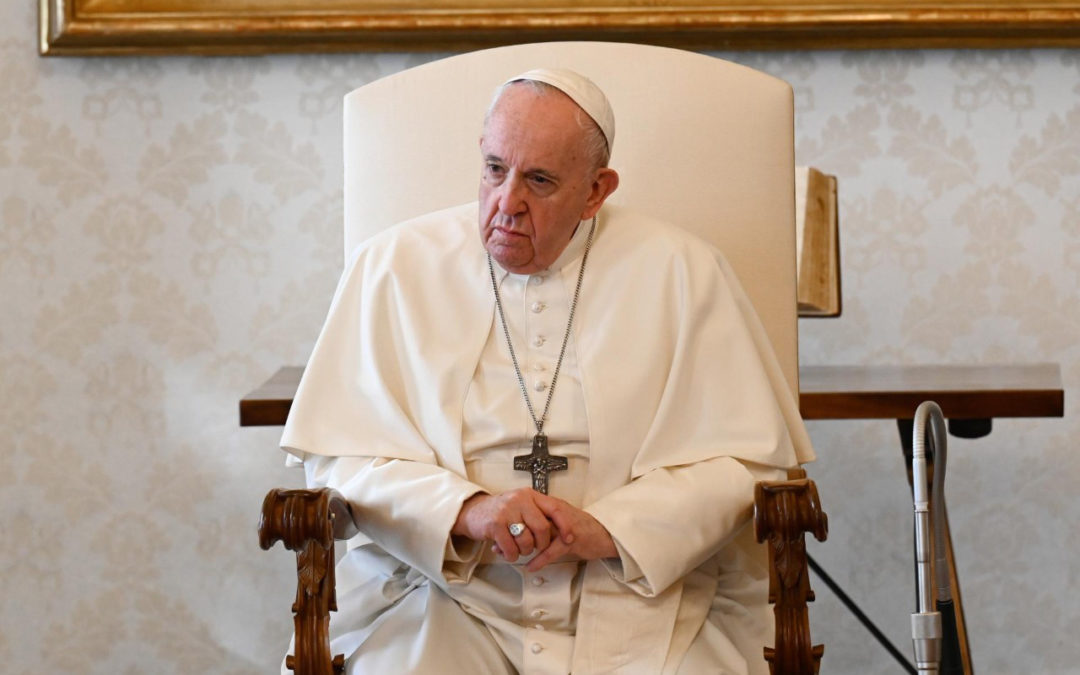
Pope grants plenary indulgence for 500 years of Christianity in PH
Pope Francis has granted a jubilee year with the inherent plenary indulgence for the 500th anniversary of the arrival of Christianity in the Philippines.
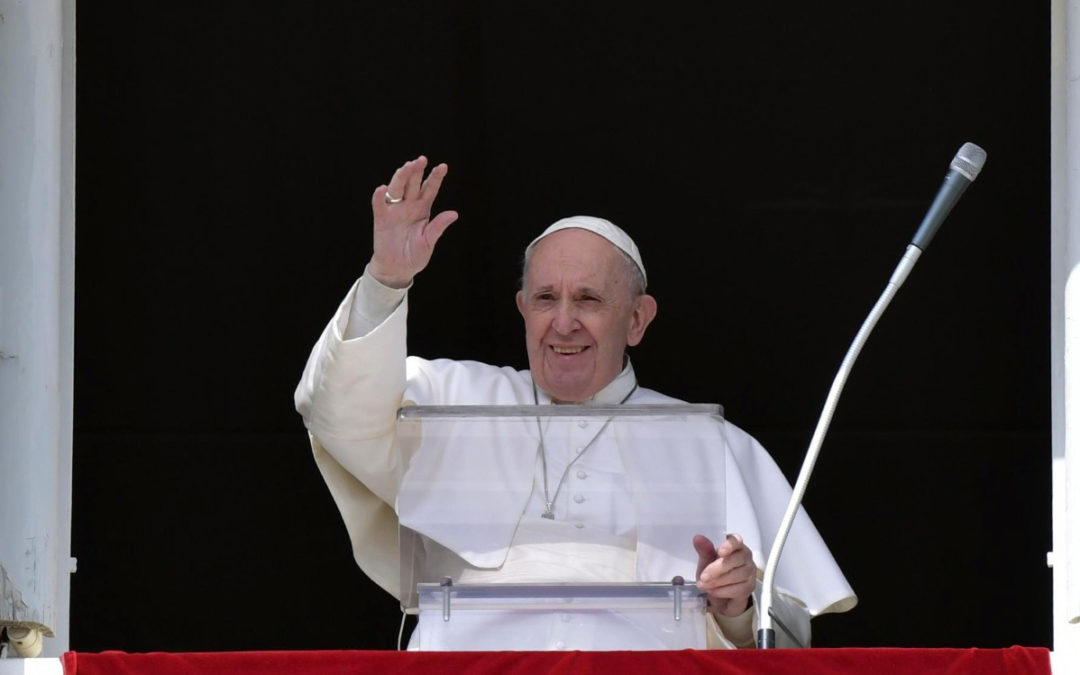
Pope to celebrate Mass for PH 500 Years of Christianity
Pope to celebrate Mass for PH 500 Years of ChristianityBy CBCPNewsPope Francis waves from his...

Pilgrim monument to rise in Limasawa Island
Construction has been ongoing of what will be a pilgrimage site in the historic island of Limasawa in Southern Leyte province.

Nat’l Museum to declare Cebu basilica, Sto. Niño image as ‘nat’l cultural treasures’
Nat’l Museum to declare Cebu basilica, Sto. Niño image as ‘nat’l cultural treasures’
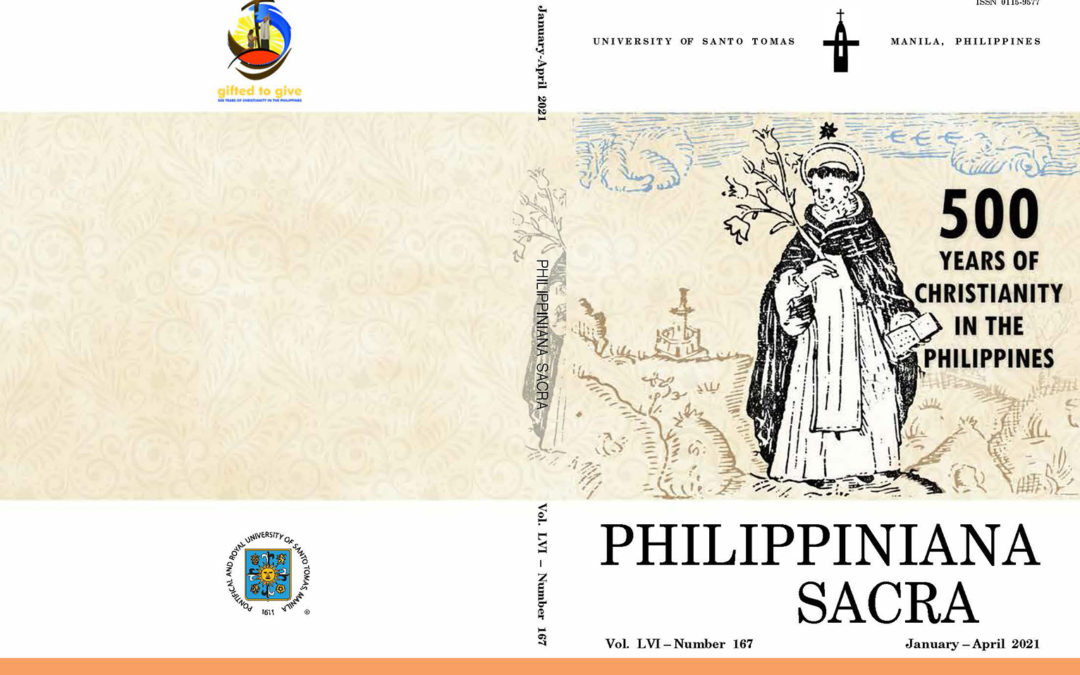
UST Eccle journal releases special issues on 500 Years of Christianity in PH
Philippiniana Sacra, the official publication of the University of Santo Tomas’ Ecclesiastical Faculties, has announced special issues for the 500 Years of Christianity in the Philippines.

CBCP releases logo, theme for ‘500YOC’
CBCP releases logo, theme for ‘500YOC’By CBCPNewsThe Catholic Church has released the official...
VIDEOS
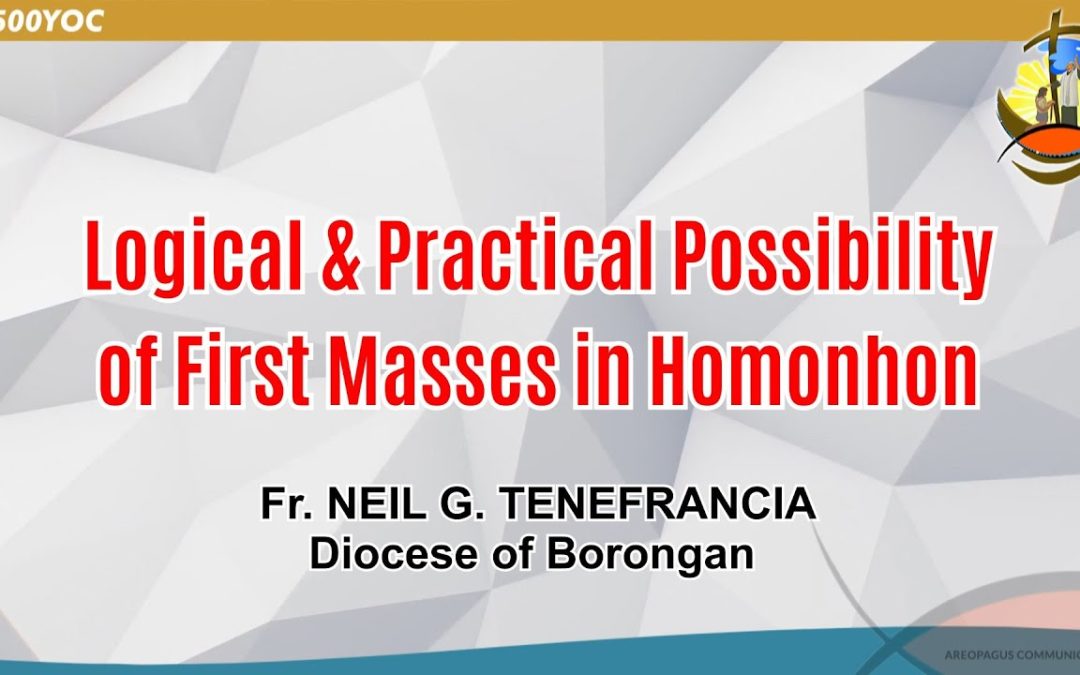
Logical & Practical Possibility of First Masses in Homonhon
Talk of Fr. Neil G. Tenefrancia of the Diocese of Borongan on the logical and practical possibility of first masses in Homonhon based on the arguments from the Pre-Tridentine liturgical calendar and practice.
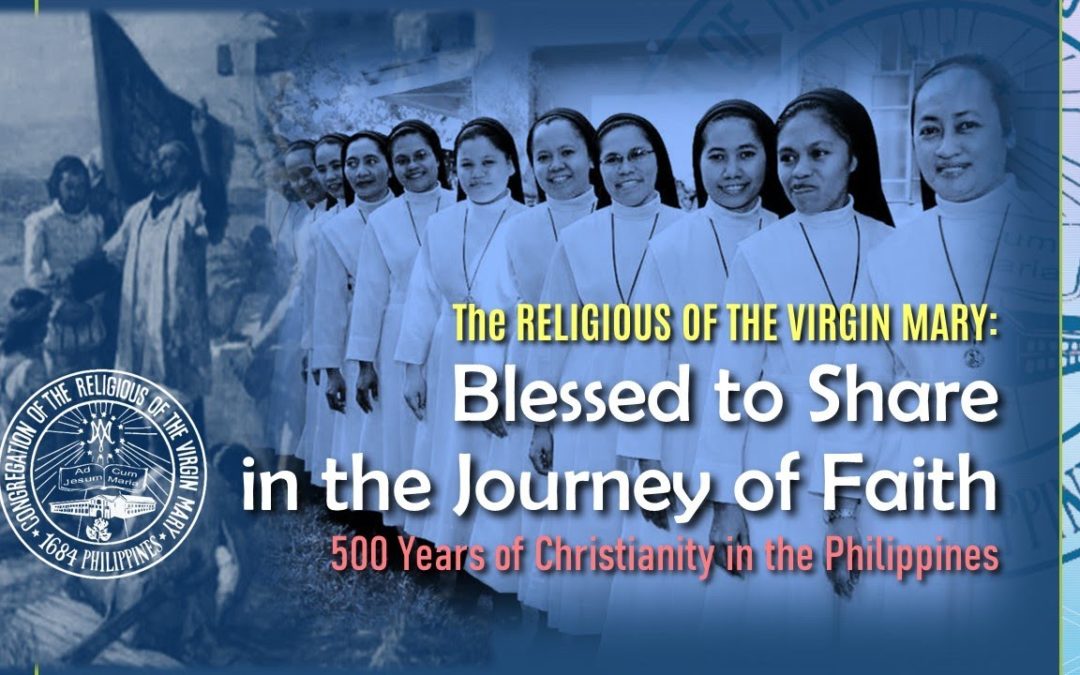
RVM Blessed to Share
RVM Blessed to ShareThe history of the RVM Congregation is very much connected with the history of...
FEATURE
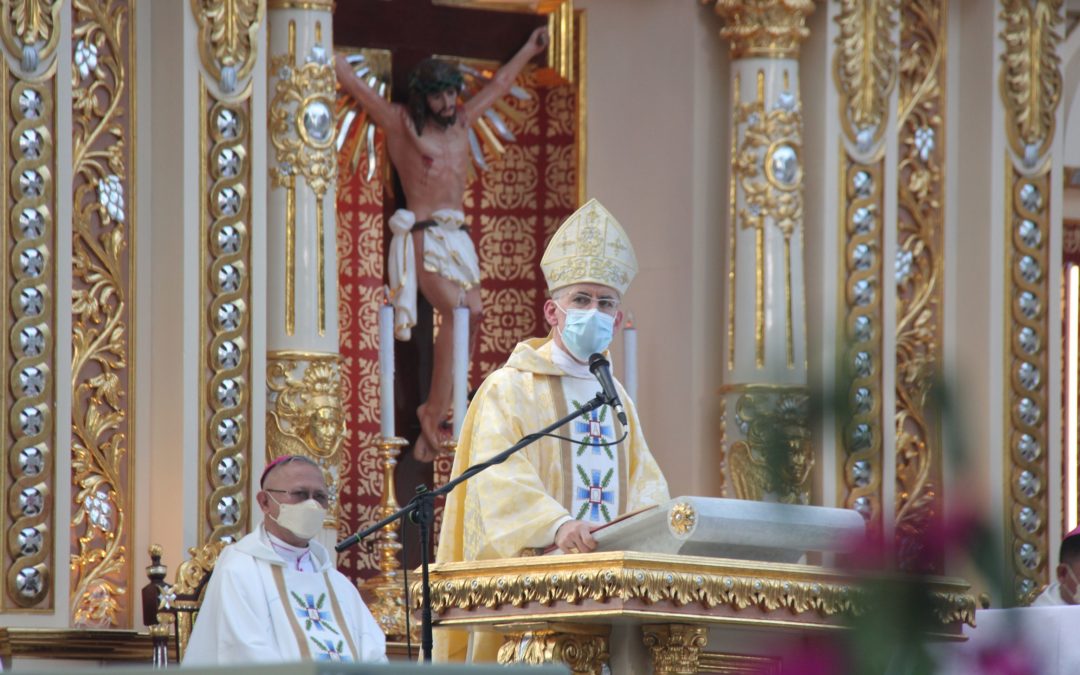
FULL TEXT: Papal Nuncio’s homily to mark 500th year of first baptism in PH
Full text: Cardinal Tagle’s message to Pope Francis after Mass for PH 500 Years of ChristianityArchbishop Charles Brown, Apostolic Nuncio to the Philippines, delivers the homily during Mass at Plaza Sugbo in Cebu City to commemorate 500 years since the first baptism...
MORE UPDATES
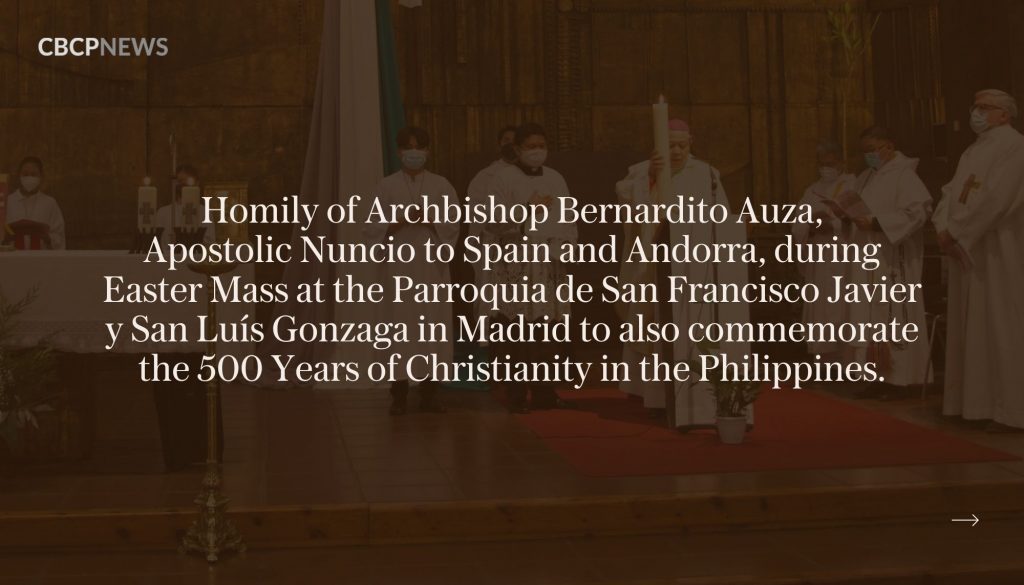
Fifth centenary of evangelization
Fifth centenary of evangelizationMADRID— On Easter Sunday 2021, Archbishop Bernardito Auza,...
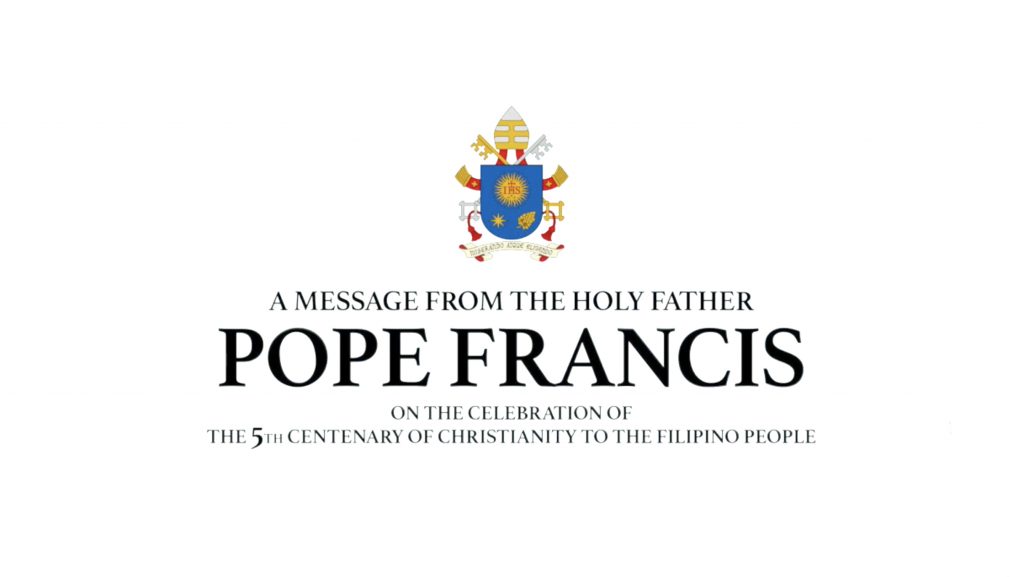
Full text: Pope Francis’ message for the 5th centenary of Christianity in the Philippines
Full text: Pope Francis’ message for the 5th centenary of Christianity in the...
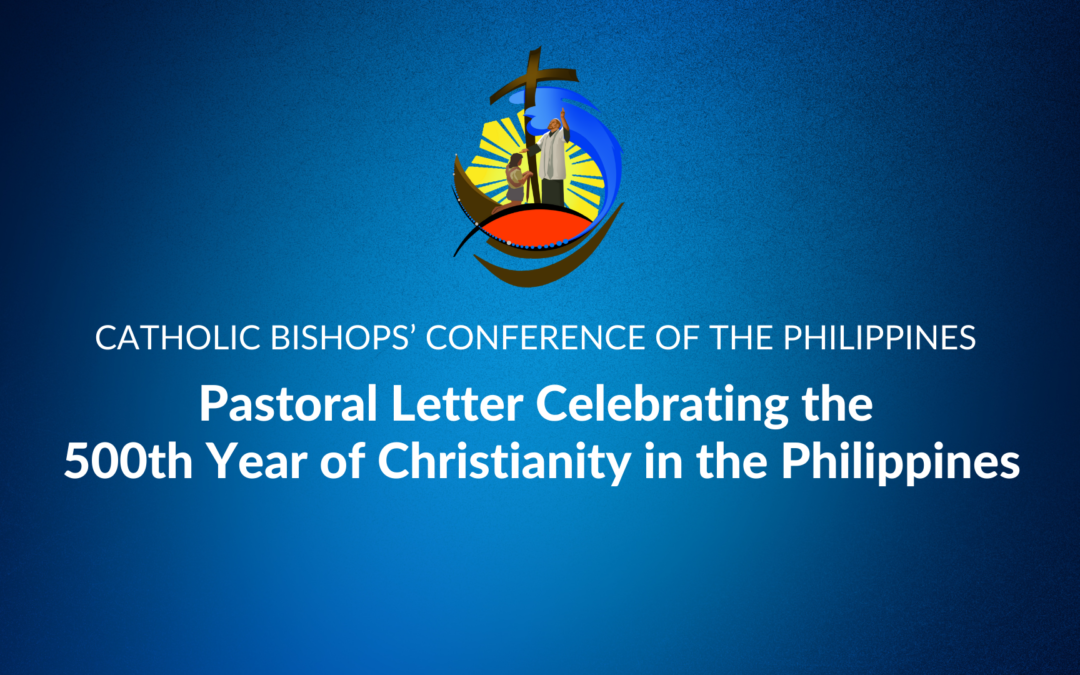
Pastoral letter Celebrating the 500th Year of Christianity in the Philippines
Pastoral letter Celebrating the 500th Year of Christianity in the Philippines“Without cost you...
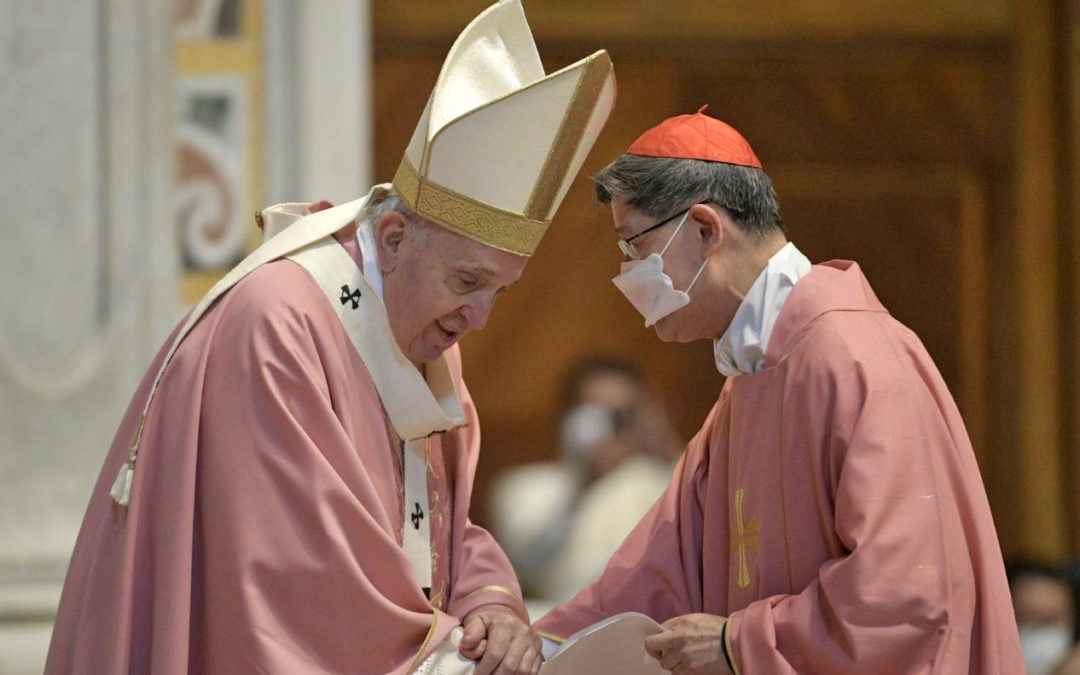
Full text: Cardinal Tagle’s message to Pope Francis after Mass for PH 500 Years of Christianity
Here is the full text of Cardinal Luis Antonio Tagle’s message to Pope Francis at the end of Mass in St. Peter’s Basilica for the 500 Years of Christianity in the Philippines
